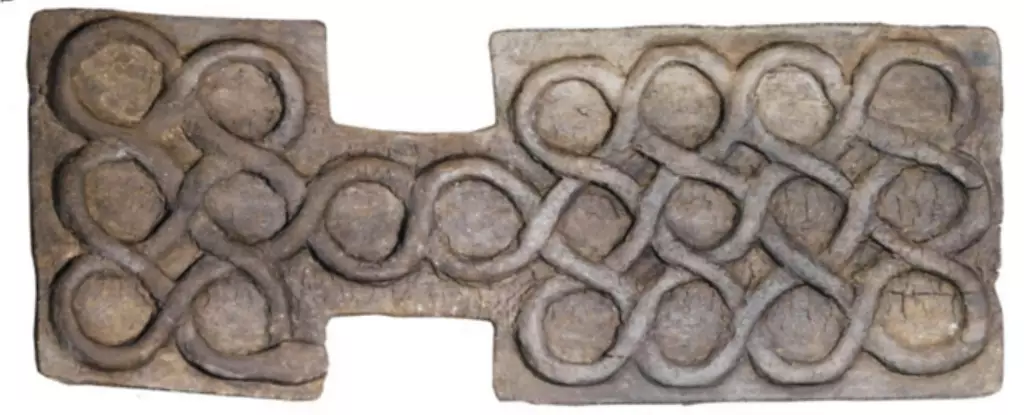The allure of board games is timeless, weaving communities and creating shared moments of joy across cultures and eras. Among the multitude of games that have graced the tables of history, one stands out for its ancient roots: the enigmatic board game unearthed from Shahr-i Sokhta, a site in southeastern Iran. Nearly fifty years post-excavation, this ancient artifact has been subjected to rigorous study, revealing not just a game but a glimpse into the social fabric of a civilization long past.
In 1977, archaeologists excavated a grave site in Shahr-i Sokhta, yielding what is believed to be a well-preserved game set, dating back approximately 4,500 years. This find included a game board, 27 pieces, and four uniquely crafted circular dice—elements that together evoke questions about the pastime’s significance in ancient society. With a design reminiscent yet distinct from the Royal Game of Ur—another ancient board game—experts now face the challenge of interpreting the rules and structure of this cultural relic. The complexity of establishing accurate gameplay partly lies in the unique adaptations of the game, complicating the direct lineage to its contemporaries.
In a fascinating intersection of archaeology and computer science, researchers Sam Jelveh from the University of Essex and independent archaeologist Hossein Moradi employed a combination of physical evidence and probabilistic modeling. This innovative approach aimed to reconstruct plausible gameplay mechanics. Their findings suggest a dual-player setup featuring two sets of ten ‘runner’ pieces and distinctive components, such as star-shaped pieces functioning as ‘safe houses’ and cone-shaped pieces acting as ‘blockers’.
Centrally, the game board’s design—a snake-like form—serves as a narrative motif about the journey players undertake. Strategic movement across a designated path is essential, with players reliant on the roll of the four circular dice to dictate their progress. The researchers, while admitting the limitations of their predictions, assert that the proposed rules are grounded in historical accuracy and acknowledge the nature of each component used in play.
The city of Shahr-i Sokhta flourished around 2600-2400 BCE, marking its significance during the third millennium BCE when it emerged as a cultural crossroads in the region. With over a hundred similar games identified across nearby locations, the widespread nature of board game artifacts points to a collective cultural practice that transcended socioeconomic boundaries. The game of Shahr-i Sokhta, termed ‘the game of twenty squares’ or simply ‘the game of twenty,’ adds to a rich historical tapestry that celebrates leisure and strategy.
Moreover, understanding such games provides a deeper comprehension of how ancient communities engaged with one another. It showcases the ways social structures were reinforced through competition, strategy, and shared experiences of play.
Today, as board games regain popularity in a digital age, the insights gained from the pursuit of recreating the Shahr-i Sokhta game could inform modern gaming culture. The appeal of blending tangible pieces with strategic gameplay resonates strongly, offering a nostalgic experience that connects current enthusiasts with their distant predecessors. By testing the reconstructed rules with modern players and evaluating the game’s replayability, we hold the potential to not only revive an ancient pastime but to foster dialogue around the importance of games in societal development.
Ultimately, the game of Shahr-i Sokhta invites us on a journey through time, emphasizing the universality of play across centuries and civilizations. Whether through competitive spirit or collaborative enjoyment, the essence of games persists as a source of connection, reflection, and cultural exchange. As researchers continue to unveil the layers of history encapsulated within such artifacts, we can appreciate the shared love for games that binds us across the ages.



Leave a Reply